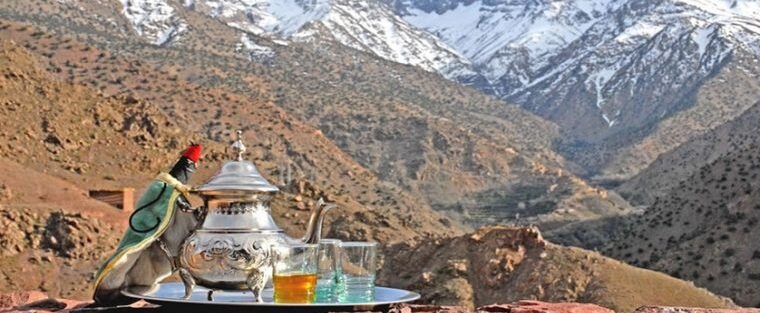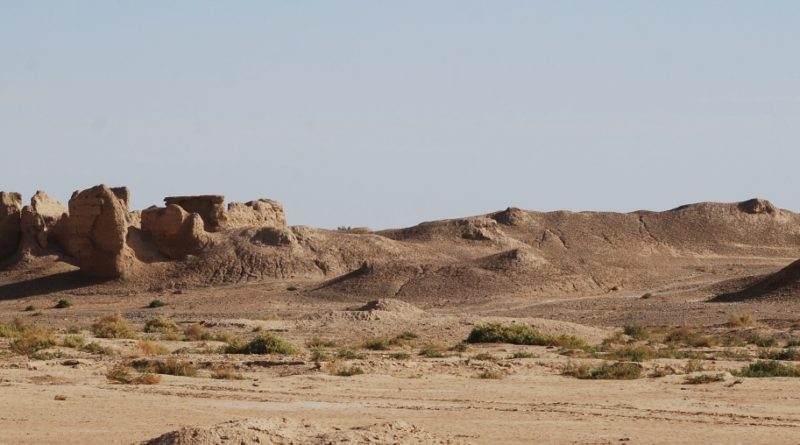Sijilmassa
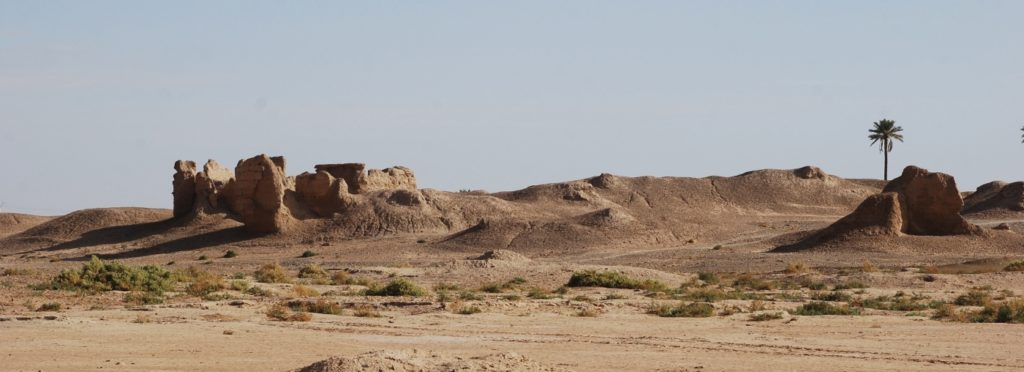
The region of northern Morocco is related to the main trade routes, such as the gold route, which was born in the distant Sudan, now Ghana, to spread to Europe through the Atlantic and Mediterranean ports. Along this route we will find cities and ports such as Fez, Taza, the old Sala, Larache or Lixus, Asilah, Tangier, Nekor and Sijilmassa, the center of the gold route, which we invite you to know today.
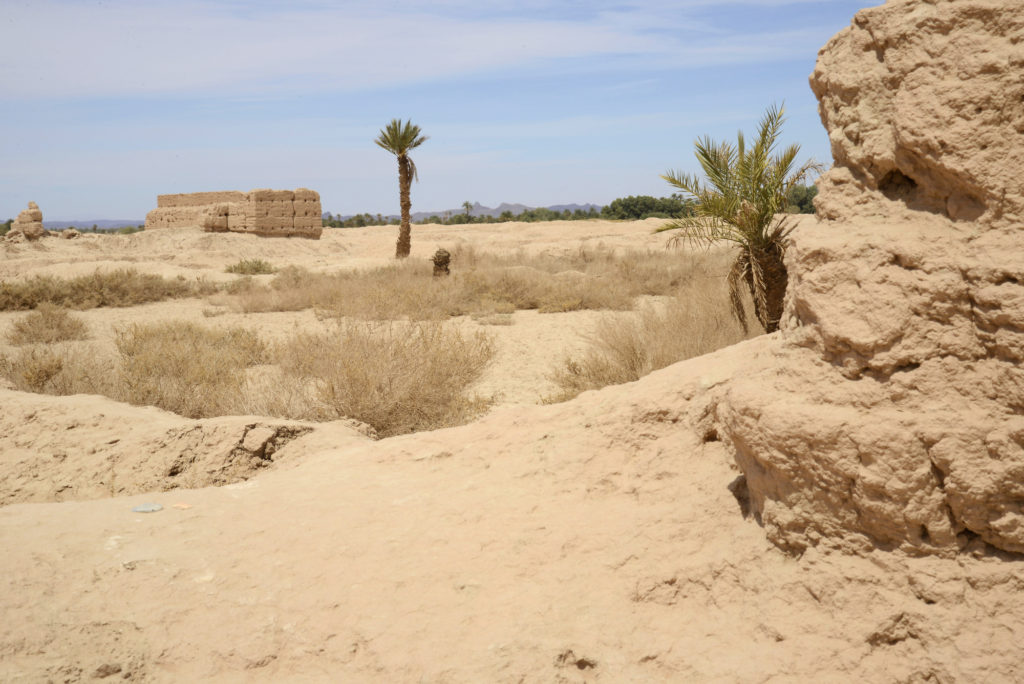
Sijilmassa’s prosperity extended to the entire surrounding area: the Draa Valley, the Sus and even the Sahel; Sudan’s gold reached mainly the Caliphate of Cordoba. The region was inhabited by the Sanhaja tribes, predecessors of the Almoravid confederation that managed to control all caravan traffic, conquering small cities and whose emblem is the foundation of Marrakech.
The visitor will be interested to know that the main characteristic of the Almoravid culture is the Andalusian influence; bright minds emerged and the expansion through the Maghreb came from the hand of artists who traveled the region, jurists and military.
We can see the mosque of Tremecén, with its horseshoe arches and canticles lobed like Cordoba, the “kubas” of Marrakech and palaces and fortifications such as those of Amergu in the Rif or Tasguimut in the Atlas.
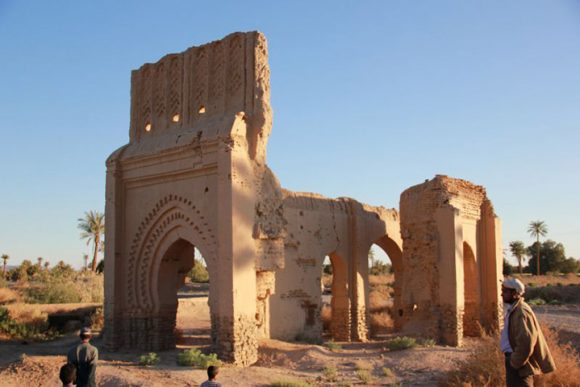
Sijilmassa was founded in the eighth century in an oasis southeast of the city of Fes, on the northern edge of the Sahara and on the banks of the Ziz River. Until the eleventh century it retained its role as shopping center, but when the Almoravids were defeated, it began to lose importance that it never regained. The ruins of the legendary Sijilmassa are located 2 km north of the city of Rissani and are considered a monument at risk and preserved by the government of Morocco.
The city was considered the capital of the Erfoud Tafilalet region. The current Rissani, its heiress, is the largest in the region and an important commercial city; If they arrive on a Tuesday, Thursday or Sunday, they can enjoy their weekly market.
Sijilmassa knew an infinite wealth; all the products of the Mediterranean passed through here, gold, ivory, ostrich feathers; It is said that more than one hundred thousand people lived here. Today only the desert sands inhabit, which cover a good part of the ancient city, the founder’s mausoleum and what should have been its lively market.
